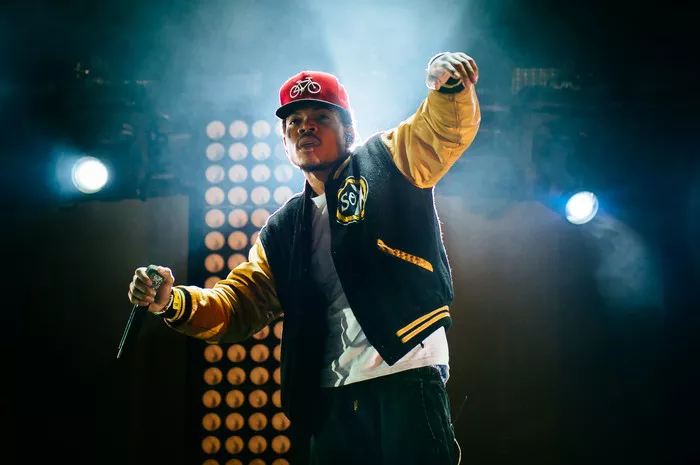In the ever-evolving landscape of hip-hop, alternative rap stands out as a genre that defies conventional norms and pushes the boundaries of expression. It represents a diverse spectrum of artists who challenge mainstream conventions, both lyrically and musically. Alternative rap is not just a subgenre; it’s a movement that embraces innovation, introspection, and individuality. In this article, we delve deep into the essence of alternative rap, exploring its origins, characteristics, notable artists, and its significance in the wider hip-hop culture.
Origins and Evolution
Alternative rap emerged in the late 1980s and early 1990s as a response to the commercialization and homogenization of mainstream hip-hop. While traditional hip-hop was dominated by themes of street life, materialism, and bravado, alternative rap artists sought to explore more introspective and socially conscious subject matter.
One of the pioneering acts in alternative rap was De La Soul, whose debut album “3 Feet High and Rising” (1989) showcased a playful and eclectic approach to sampling and lyricism. They incorporated elements of jazz, funk, and psychedelia, setting the stage for a new wave of experimentation within hip-hop.
As the 1990s progressed, alternative rap continued to evolve with artists like A Tribe Called Quest, The Pharcyde, and Digable Planets, who infused their music with jazz influences, abstract lyricism, and unconventional production techniques. These artists laid the foundation for a genre that prioritized artistic integrity and innovation over commercial success.
Characteristics of Alternative Rap
At its core, alternative rap is characterized by its emphasis on creativity, authenticity, and individuality. Unlike mainstream hip-hop, which often revolves around themes of wealth, status, and hedonism, alternative rap explores a wide range of topics, including social justice, personal struggles, and existential ponderings.
Lyrically, alternative rap tends to be more introspective and poetic, with artists delving into their innermost thoughts and emotions. Rather than simply boasting about their accomplishments, alternative rap artists use their music as a platform for self-reflection and social commentary.
Musically, alternative rap is known for its diverse range of influences and experimental soundscapes. Artists often incorporate live instrumentation, unconventional samples, and genre-bending production techniques to create a distinct sonic signature. From the jazz-infused beats of A Tribe Called Quest to the electronic experimentation of Outkast, alternative rap encompasses a wide array of musical styles and influences.
Notable Artists
Over the years, alternative rap has produced a multitude of influential artists who have left an indelible mark on the genre. One such artist is Mos Def, whose debut album “Black on Both Sides” (1999) is widely regarded as a classic of alternative rap. Mos Def’s intricate wordplay, socially conscious lyrics, and soulful delivery have earned him critical acclaim and a devoted fan base.
Another seminal figure in alternative rap is Kendrick Lamar, whose introspective lyricism and innovative production have helped redefine the genre for a new generation. Albums like “good kid, m.A.A.d city” (2012) and “To Pimp a Butterfly” (2015) explore themes of race, identity, and systemic injustice with a depth and nuance rarely seen in mainstream hip-hop.
Other notable artists in the alternative rap scene include Chance the Rapper, whose gospel-infused sound and introspective lyricism have earned him widespread acclaim, and Tyler, the Creator, whose boundary-pushing music and provocative lyrics have sparked controversy and critical debate.
Significance in Hip-Hop Culture
Alternative rap occupies a unique space within hip-hop culture, serving as a creative outlet for artists who seek to challenge the status quo and push the boundaries of the genre. By embracing experimentation, introspection, and individuality, alternative rap has expanded the sonic and thematic possibilities of hip-hop, paving the way for new voices and perspectives to be heard.
Moreover, alternative rap has played a crucial role in fostering diversity and inclusivity within hip-hop culture. By showcasing a wide range of voices and experiences, alternative rap has helped to break down barriers and challenge stereotypes, opening the door for marginalized communities to have their voices heard.
Conclusion
In conclusion, alternative rap represents a vibrant and diverse movement within hip-hop culture, characterized by its creativity, authenticity, and commitment to artistic innovation. From its origins in the late 1980s to its continued evolution in the 21st century, alternative rap continues to push the boundaries of what is possible within the genre, inspiring listeners and artists alike to think outside the box and embrace their individuality. As hip-hop continues to evolve and grow, alternative rap will undoubtedly remain a vital and influential force, shaping the future of the genre for generations to come.

